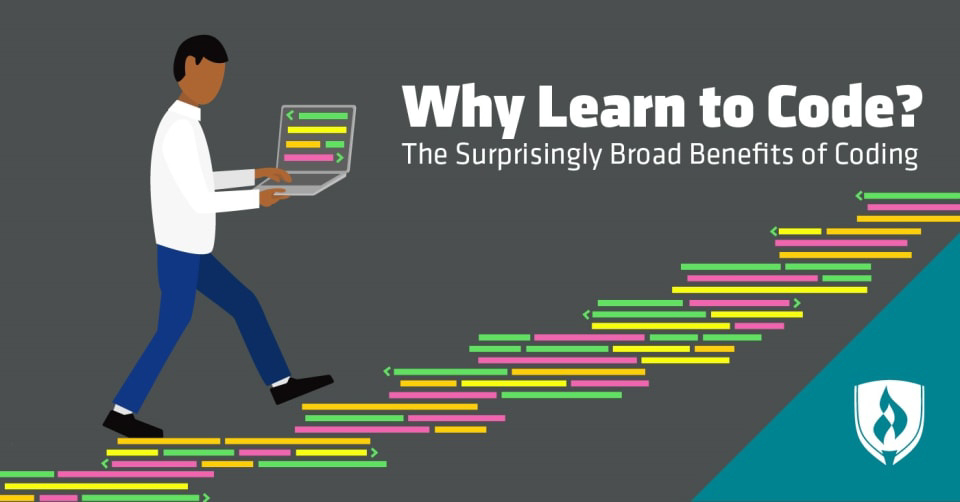Master Data Structure & Algorithms in Python
Mastering Data Structures and Algorithms in Python Mastering Data Structures and Algorithms in Python Author: Vikas Welcome to our comprehensive guide on learning Data Structures and Algorithms (DSA) in Python! Whether you're a beginner or looking to brush up on your skills, this blog will provide you with a solid foundation in DSA, complete with code snippets and detailed explanations. Introduction to Data Structures and Algorithms Data Structures and Algorithms (DSA) form the backbone of computer science. They help in organizing data efficiently and solving problems quickly. Data Structures are ways to store and organize data. Examples include arrays, stacks, queues, linked lists, trees, and graphs. Algorithms are step-by-step procedures or formulas for solving problems. Examples include sorting algorithms, search algorithms, and dynamic programming. Arrays and Lists Arrays are collections of elements stored in contiguous memory locations. ...

